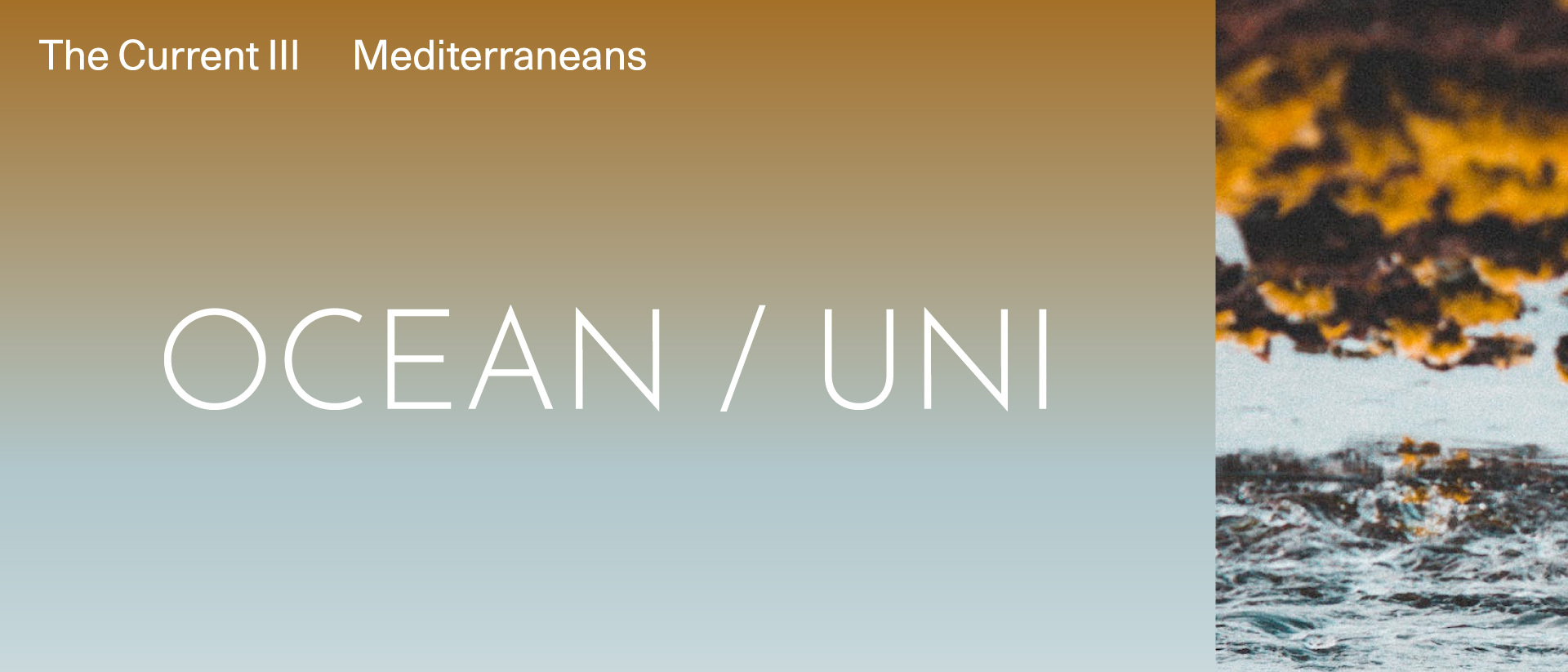Untitled 2016 (where do you fit into all of this) (six), 2015–16
Rirkrit Tiravanija

Photo: Peter Hauck | Photoservice Art Basel, 2016 | Courtesy the artist | neugerriemschneider, Berlin
Collection
Stainless steel, polyamide, bonsai
88.9 x 91 x 122.6 cm
In untitled 2016 (where do you fit into all of this) (six), Rirkrit Tiravanija reflects on nature/culture, artificiality, and mechanical reproduction. Grafted from larger plants and painstakingly cultivated through pruning and root reduction, a bonsai is nature treated as artifice. In the process, the tree is wired, bent, and miniaturized to fashion the most perfect shapes. The bonsai's mechanical counterfeit, the 3D scan in white polymer, is a purely manufactured object. It embodies human ingenuity and the use of technologies that can dominate, alter, replicate, and even fix nature. While presenting an enclosed and still universe, the work visually engulfs the context in which it is shown. The stainless steel box creates a feedback loop between the artifacts, the visitors, and the space, all refracted through the mirroring surface of the pedestal and lending the work a sense of performativity. Where does the human fit into all of this?
The open-ended title of the work is in keeping with Tiravanija’s way of challenging one-dimensional readings of his art. Frequently, the title combines the expression “untitled” with quotes, puns, and slogan-like sentences in parentheses, downplaying their assertive tone and making space for ambiguities and questions. A central figure of relational aesthetics in the early 1990s, Tiravanija conducts subtle investigations of the site where art is produced and exhibited, paying attention to the economy that sustains its production and process.
88.9 x 91 x 122.6 cm
In untitled 2016 (where do you fit into all of this) (six), Rirkrit Tiravanija reflects on nature/culture, artificiality, and mechanical reproduction. Grafted from larger plants and painstakingly cultivated through pruning and root reduction, a bonsai is nature treated as artifice. In the process, the tree is wired, bent, and miniaturized to fashion the most perfect shapes. The bonsai's mechanical counterfeit, the 3D scan in white polymer, is a purely manufactured object. It embodies human ingenuity and the use of technologies that can dominate, alter, replicate, and even fix nature. While presenting an enclosed and still universe, the work visually engulfs the context in which it is shown. The stainless steel box creates a feedback loop between the artifacts, the visitors, and the space, all refracted through the mirroring surface of the pedestal and lending the work a sense of performativity. Where does the human fit into all of this?
The open-ended title of the work is in keeping with Tiravanija’s way of challenging one-dimensional readings of his art. Frequently, the title combines the expression “untitled” with quotes, puns, and slogan-like sentences in parentheses, downplaying their assertive tone and making space for ambiguities and questions. A central figure of relational aesthetics in the early 1990s, Tiravanija conducts subtle investigations of the site where art is produced and exhibited, paying attention to the economy that sustains its production and process.
Beatrice Forchini, "'Ne travailler jamais:' Rirkrit Tiravanija's new constellation of social relations", in Thyssen-Bornemisza Art Contemporary: The Commissions Book,, eds. Eva Ebersberger and Daniela Zyman (2020: Sternberg Press)
FIND MORE
The Plantationocene Series. Plantation Worlds, Past and Present, Edge Effects, digital magazine
Claire Bishop, "Antagonism and Relational Aesthetics," OCTOBER 110, MIT, Fall 2004, pp. 51–79
Clare Veal, "Bringing The Land Foundation Back to Earth: a new model for the critical analysis of relational art," Journal of Aesthetics & Culture, 2014
Kraynak, Janet. “The Land and the Economics of Sustainability.” in Critical Landscapes: Art, Space, Politics, Kirsten J Swenson ed., University of California Press, 2015
Claire Bishop, "Antagonism and Relational Aesthetics," OCTOBER 110, MIT, Fall 2004, pp. 51–79
Clare Veal, "Bringing The Land Foundation Back to Earth: a new model for the critical analysis of relational art," Journal of Aesthetics & Culture, 2014
Kraynak, Janet. “The Land and the Economics of Sustainability.” in Critical Landscapes: Art, Space, Politics, Kirsten J Swenson ed., University of California Press, 2015
Born in Buenos Aires, Argentina, in 1961. Lives in New York, Berlin, Chiang Mai, and Lamma Island, Hong Kong.










